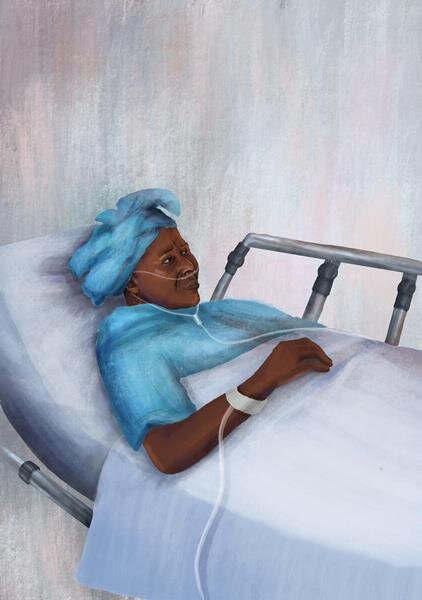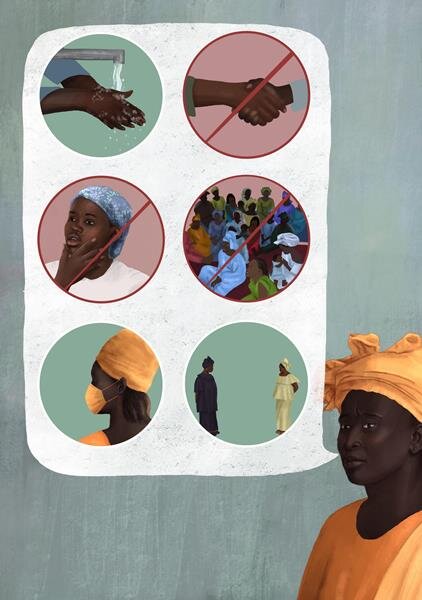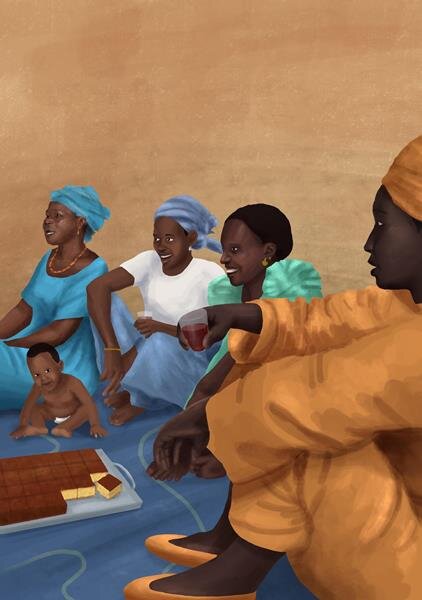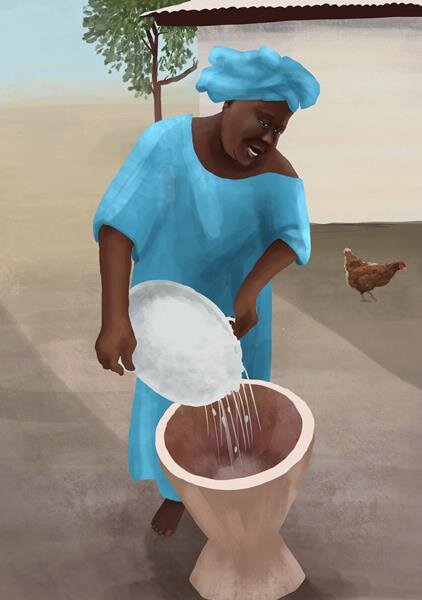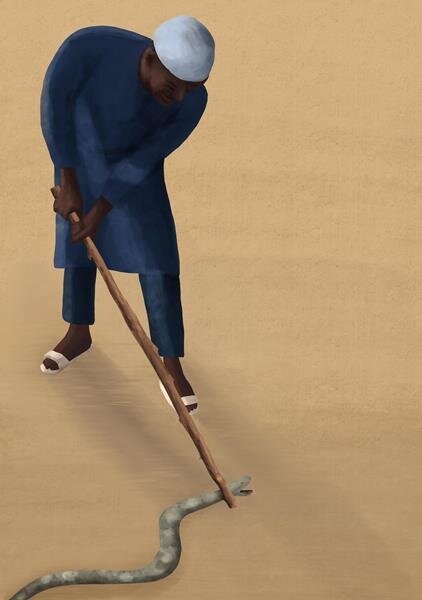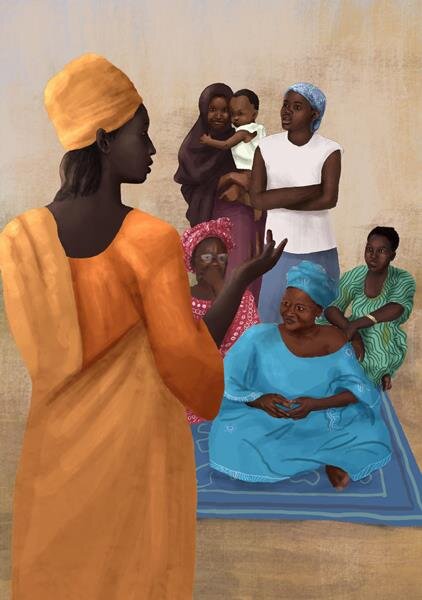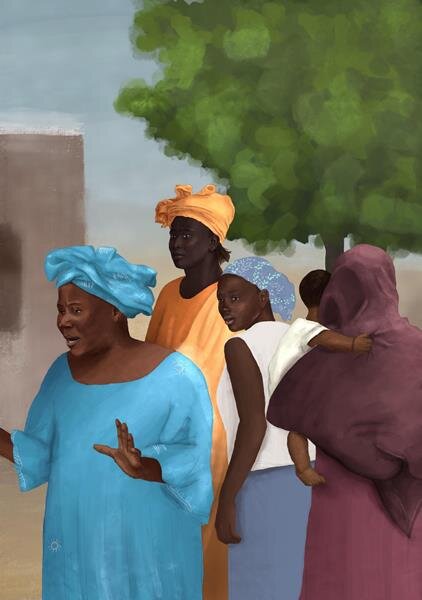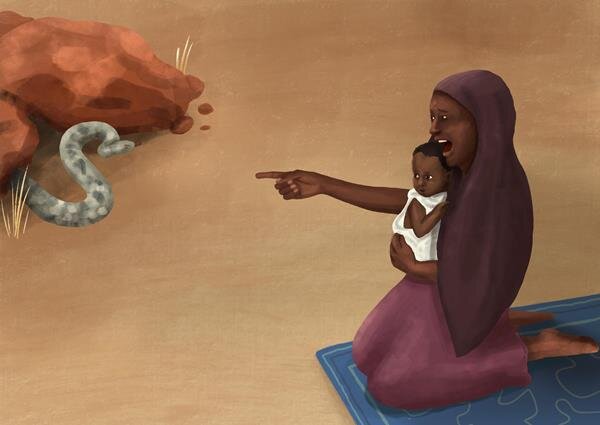Question: How Do You Write a Book When Lives are Literally on the Line?
/Answer: Very carefully.
If you’re alive and have access to the internet (which I think we can safely assume since you are reading these words), then you have no doubt been exposed to some terrible medical messaging over the past year and a half. This is tragic during a global health crisis, as lives often depend on the careful, concise delivery of accurate medical information.
We “get” this.
“Health Localization” is one of the pillars of our organization, so we understand that even without the endless noise of social media misinformation-sharing, the challenge of getting good information in the hands of the people who need it most has never been more difficult.
To give you an idea of the sort of care that goes into the creation of some of our Covid-19 messaging, we’re taking you behind the scenes of two new Bloom books, Jane and the Disease Called Corona, and The Battle of the White Blood Cells.
First, let’s look at the story of how Jane and the Disease Called Corona came to be:
The text of this book was written by SIL member Elisabeth Gerger (who previously wrote a guest post for us on Math Stories), with the help of a team of colleagues and with feedback from collaborators around the world. First, Elisabeth and a group of SIL colleagues gathered information on COVID-19 from various health related websites (WHO, CDC, etc.), including information on vaccinations against it as well as on myths and fears.
In Elisabeth’s words:
“We made a list of possible target groups, genres, and topics. I chose to write stories, since a story touches us and involves us at a much deeper level than just the portrayal of facts. This is all the more important since facts about COVID-19 vaccination are quite complex.
We also wanted to counterbalance some of the false information shared all over the world with valid information - all of this in simple language, with images that people could relate to. We chose to use Bloom for both booklets in order to share the books widely and make it easier for people to translate them into their own languages.
I chose women as the group for whom I would write a story, since I have been involved with literacy classes for women for many years. I have seen first hand how well-informed women can move things forward in amazing ways. Since I have lived in Senegal for 17 years, I imagined the story happening there. Women are often organized in groups, for example according to age, or around specific goals. So, the notion of women meeting to discuss topics is something that happens all the time in that context.”
For Jane and the Disease Called Corona, they chose an illustrator who had grown up in Senegal, to give the story a West African look. Bloom allows users to easily swap out text and images, so other illustrations may be swapped in in the future, to make the book more accessible in different parts of the world. Also, the myths that are mentioned in the book can be exchanged for myths that exist in a specific group, for example.
As the project moved forward, Elisabeth continuously checked the text and images with a medical doctor for accuracy.
That same doctor helped out with the other book, The Battle of the White Blood Cells, which is more geared toward young adults.
For this comic book, they asked three artists from three different countries to do two drawings each. The subsequent drawings were sent to colleagues in different African countries for testing, to make sure the images would be well understood and acceptable. After feed-back from Senegal, Burkina Faso, Uganda, and Mozambique, the work of the Senegalese artist was chosen.
Using the new comic feature in Bloom, they developed a story that would communicate good information clearly, in a way that young people could access easily.
Bloom books are living documents. They can be revised and adapted to fit whatever language and culture needs them. But the end result in a book can often be influenced by how the book begins, and the intentions of the creators of these two books are clear.
From Elisabeth:
“We chose Bloom so that people all over the world would be able to access these books and translate them into their languages, either orally or in written form. We are sharing the link within our organization as well as with individuals and organizations involved in this type of work, explaining and educating about this illness and vaccination against it. The books could be translated orally or in writing. For example, I shared the links with a person who does radio broadcasts in his language. He can use the information to explain the highly complex issues related to COVID-19 vaccination in his broadcasts.
It would be great if others shared these links with their networks in order to allow the booklets to have as much impact as possible. It is too early to say anything about the impact they will have, as we have just started sharing, apart from the fact that we received many positive responses from doctors, colleagues, and partners.
There is much fear, and also a lot of false information, in Africa and the world regarding this illness and the vaccines. And, of course, the bigger problem is the limited amount of vaccines available in Africa so far. As Africa has increasing access to vaccines, our hope is that people will be well informed to receive them, and that lives will be saved.”
These books will make a difference and save lives, but they cannot do that if they’re not used and shared. Will you consider helping to spread the word in your networks, or supporting the work of SIL International as they create and share these vital books?


